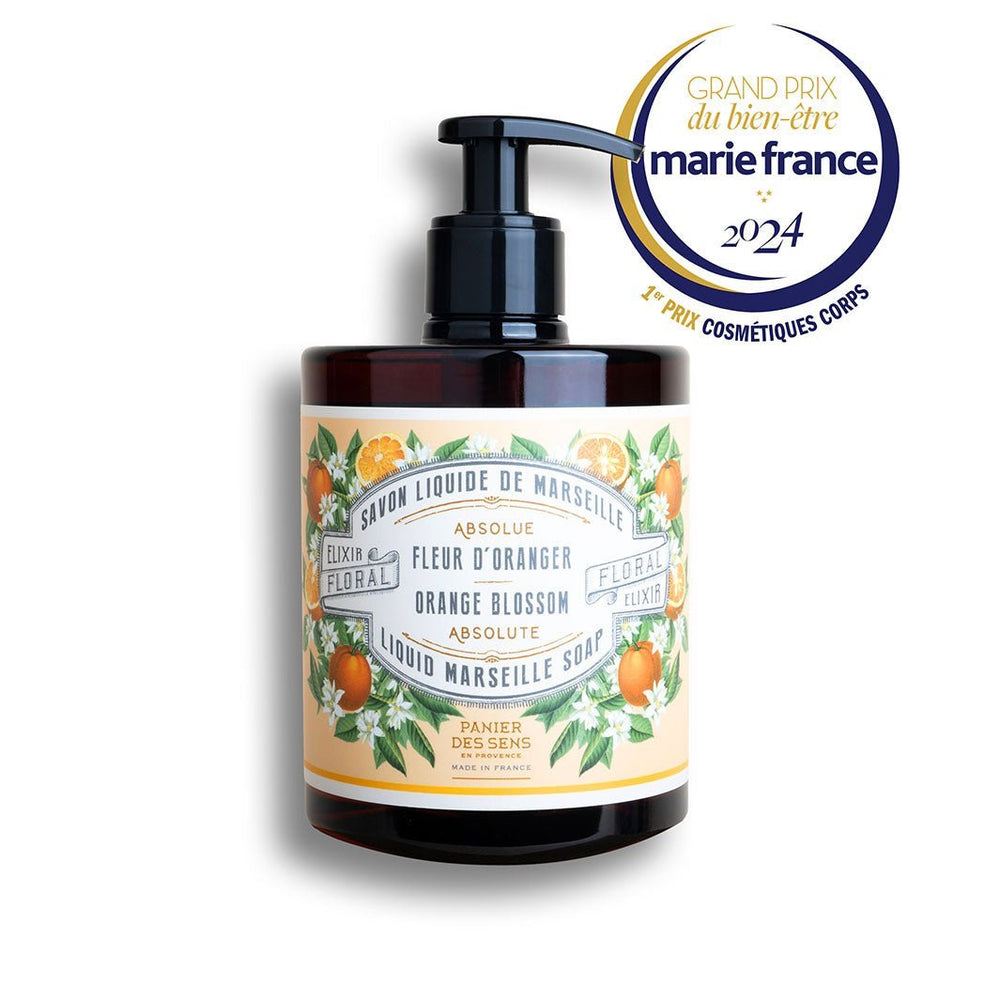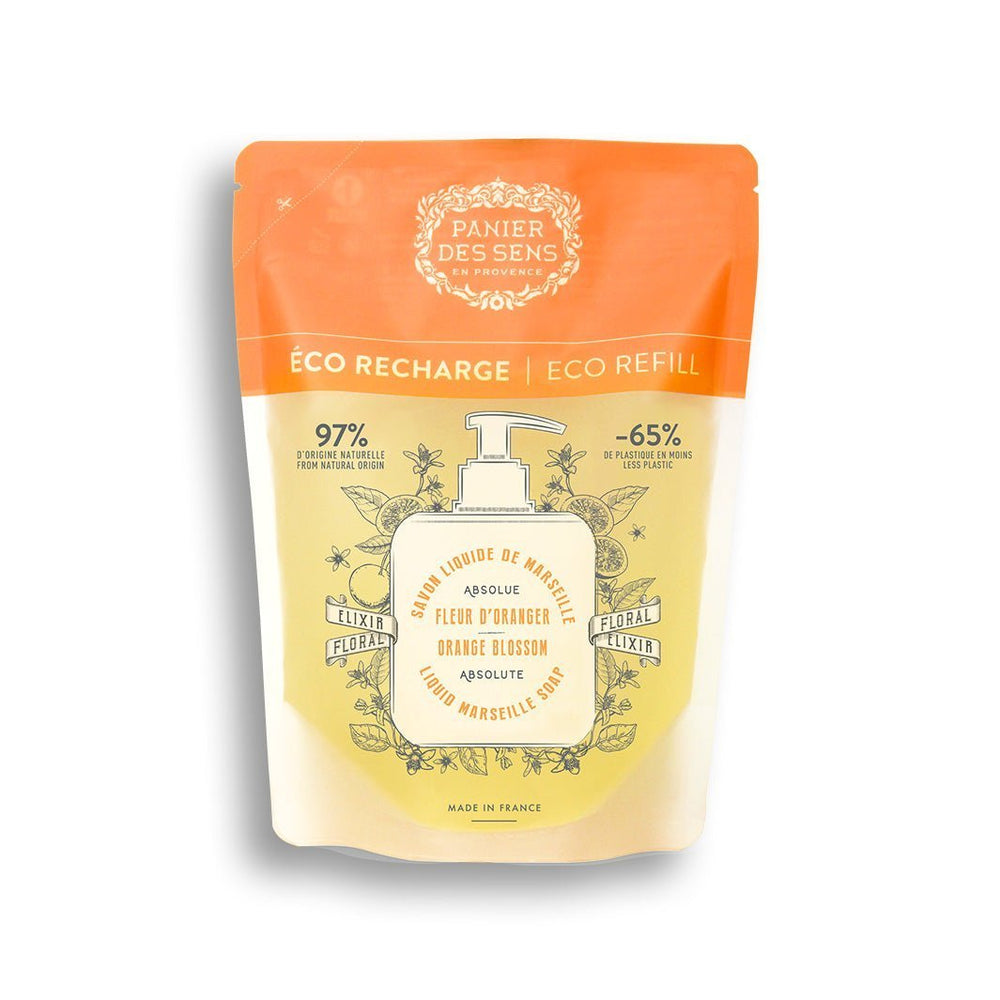How to make scouring cream with Marseille soap?
Making your own scouring cream is both ecological and economical, allowing you to create an effective household product while controlling its ingredients. To begin this adventure, it's essential to equip yourself with a quality Marseille soap, and to familiarize yourself with the other elements that will enrich your preparation. With this in mind, we make it a point of honor to choose your ingredients and equipment carefully, to ensure the success of your scouring cream.
We'll then go into detail about the manufacturing process, a crucial stage in which the components are blended and the texture adjusted to create a cream that's as robust as it is pleasant to use. Finally, the question of use is just as important: how to apply this homemade cream, and what precautions need to be taken for optimal use? Find out how to make a multi-purpose cleaning spray, and how to optimize its conservation and storage to prolong its life and effectiveness.

Preparing ingredients and equipment
Choosing your Marseille soap
To make an effective, environmentally-friendly scouring cream, the choice of Marseille soap is essential. Opt for an authentic product, traditionally saponified. The quality of soaps manufactured by modern continuous processes, such as those developed by UNIPOL with its historic sites like the Massilia or the Trois Mathilde, has proven their high stability and low energy impact. These technological advances guarantee a cleansing base with consistent properties, ideal for your homemade scouring cream.
Other ingredients in scouring cream
In addition to liquid Marseille soap, you'll need baking soda for its gentle but formidable abrasive power against stubborn dirt. Add a few drops oflemon essential oil for its antiseptic properties and refreshing fragrance. White vinegar can be added in small quantities to reinforce the disinfecting and descaling action of your preparation.
Appropriate utensils and containers
To mix your ingredients safely, use a chemical-resistant bowl and a wooden or silicone spoon. To store your scouring cream, choose an airtight container to preserve its freshness and cleaning properties. A glass jar with a lid is ideal. Don't forget to label your finished product clearly to avoid any confusion when storing or using it.
Scouring cream manufacturing process
Mixing ingredients
The creation of a scouring cream begins with a delicate alchemy, where each component must be dosed with precision. Pour 200 milliliters of liquid Marseille soap into a heavy-duty bowl, then gradually add 100 grams of baking soda. The aim is to obtain a homogeneous paste that will serve as a base for your cleanser. Then carefully add 10 millilitres of white vinegar and a few drops of lemon essential oil for their cleansing properties and invigorating fragrance. Gently shake the mixture until it reaches a uniform consistency.
Texture adjustment
The perfect balance between firmness and softness is the essence of a good scouring cream. If your mixture turns out to be too liquid, don't hesitate to add bicarbonate in small quantities until you reach the desired consistency. Conversely, if it's too thick, a little more liquid Marseille soap will give it the necessary fluidity. This step requires patience and care to ensure that the final product is pleasant to handle during cleaning.
Preservation and shelf life
Once your cream is ready, it's time to think about storage. Transfer it to an airtight glass jar so that it doesn't dry out and retains all its cleansing effectiveness over the long term. Kept in a cool, dry place, away from direct sources of heat or intense light, your homemade cream can remain effective for several months. However, be sure to use a clean spoon to scoop out just the right amount for each use, to avoid bacterial contamination that could alter its quality.
Use and precautions
How to use scouring cream
The scouring cream you've patiently put together is ready to be put to the test. For best results, apply it to the surface to be treated with a sponge or soft brush. Rub gently in circular movements to avoid scratching sensitive materials. This cream is particularly effective on worktops, sinks, taps and even on tile grouting dulled by limescale. After cleaning, rinse thoroughly with clear water to remove any residue and restore your surfaces to their original shine.
Precautions for use
When using your homemade scouring cream, a few precautions are essential to ensure your safety and that of your belongings. Avoid contact with the eyes; in case of accident, rinse immediately with lukewarm water for several minutes. Wear gloves if you have sensitive skin or are planning a long cleaning session. Although natural, this cream contains bicarbonate and vinegar, which can dry out or irritate the delicate skin of the hands.
Care and storage tips
To keep your scouring cream in perfect condition, be sure to close the jar after each use to prevent it from drying out. Keep it in a cool, dry place, away from extreme temperature variations that could alter its consistency and effectiveness. If you notice a separation of ingredients or an unusual change in appearance, gently stir the preparation before use to restore its homogeneous texture. By following these simple tips, your product will maintain your home for weeks or even months, always ready to meet the challenge of a stubborn stain.
We recommend these other pages:





































